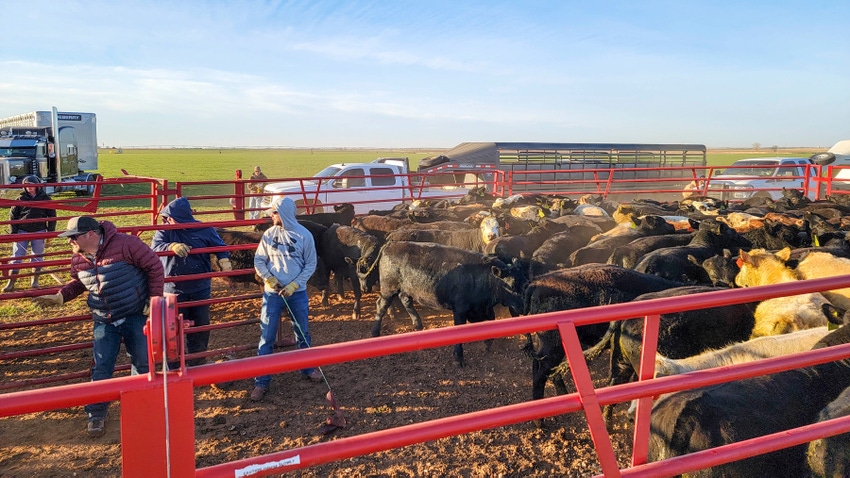Guarding Success: Bagley Risk Management Services
Guarding Success: Bagley Risk Management Services
Blog Article
Understanding Livestock Threat Protection (LRP) Insurance: A Comprehensive Guide
Browsing the world of animals danger protection (LRP) insurance policy can be a complex undertaking for many in the farming industry. From just how LRP insurance works to the various protection choices readily available, there is much to reveal in this extensive guide that could possibly form the method livestock manufacturers approach threat management in their companies.

Just How LRP Insurance Functions
Periodically, understanding the mechanics of Animals Risk Protection (LRP) insurance coverage can be intricate, however damaging down just how it functions can give quality for farmers and breeders. LRP insurance is a risk administration tool created to safeguard animals producers against unexpected cost declines. It's important to note that LRP insurance policy is not an income assurance; rather, it focuses entirely on price threat defense.
Eligibility and Protection Options

When it pertains to insurance coverage choices, LRP insurance provides manufacturers the adaptability to select the insurance coverage degree, coverage period, and endorsements that ideal fit their risk monitoring requirements. Insurance coverage levels typically range from 70% to 100% of the anticipated ending value of the insured livestock. Manufacturers can also select protection periods that align with their production cycle, whether they are guaranteeing feeder cattle, fed livestock, swine, or lamb. Endorsements such as rate danger protection can further personalize coverage to protect against adverse market fluctuations. By understanding the eligibility standards and protection choices readily available, animals producers can make informed decisions to take care of risk efficiently.
Benefits And Drawbacks of LRP Insurance
When assessing Animals Threat Protection (LRP) insurance policy, it is essential for animals producers to evaluate the advantages and negative aspects intrinsic in this risk management device.

One of the primary advantages of LRP insurance policy is its capability to provide security against a decrease in livestock prices. Additionally, LRP insurance coverage uses a level of versatility, permitting manufacturers to customize insurance coverage levels and plan durations to suit their specific requirements.
Nonetheless, there are additionally some downsides to consider. One restriction of LRP insurance is that it does not safeguard against all kinds of risks, such as disease outbreaks or all-natural disasters. Premiums can in some cases be costly, particularly for producers with large livestock herds. It is critical for manufacturers to very carefully assess their specific risk exposure and economic scenario to identify if LRP insurance coverage is the best threat administration tool for their procedure.
Comprehending LRP Insurance Premiums

Tips for Maximizing LRP Benefits
Maximizing the advantages of Animals Danger Security (LRP) insurance calls for calculated preparation and aggressive danger administration - Bagley Risk Management. To maximize your LRP insurance coverage, think about the adhering to pointers:
Routinely Examine Market Problems: Remain notified concerning market trends and cost variations in the livestock sector. By monitoring these factors, you can make informed choices regarding when to buy LRP coverage to secure against prospective losses.
Establish Realistic Protection Degrees: When picking insurance coverage levels, consider your manufacturing costs, market price of livestock, and prospective dangers - Bagley Risk Management. Setting reasonable insurance coverage degrees makes certain that you are adequately shielded without overpaying for unneeded insurance
Diversify Your Insurance Coverage: As opposed to depending solely on LRP insurance, consider expanding your risk monitoring techniques. Integrating LRP with other danger administration devices such as futures contracts or choices can offer extensive insurance coverage versus visit here market unpredictabilities.
Testimonial and Readjust Protection Routinely: As market conditions alter, periodically assess your LRP protection to ensure it lines up with your current danger exposure. Adjusting insurance coverage degrees and timing of acquisitions can assist maximize your risk defense method. By adhering to these suggestions, you can optimize the benefits of LRP insurance policy and guard your livestock procedure against unforeseen threats.
Verdict
To conclude, animals threat security (LRP) insurance coverage is a valuable device for farmers to manage the monetary dangers connected with their animals procedures. By understanding exactly how LRP functions, eligibility and insurance coverage options, as well as the advantages and disadvantages of this insurance, farmers can make enlightened decisions to shield their livelihoods. By very carefully thinking about LRP costs and website here implementing strategies to optimize advantages, farmers can mitigate possible losses and make sure the sustainability of their procedures.
Animals manufacturers interested in obtaining Livestock Threat Defense (LRP) insurance coverage can check out an array of qualification standards and coverage alternatives tailored to their certain animals operations.When it comes to protection options, LRP insurance offers producers the versatility to choose the insurance coverage level, insurance coverage duration, and endorsements that ideal fit their risk monitoring requirements.To comprehend the intricacies of Animals Threat Security (LRP) insurance policy fully, understanding the elements influencing LRP insurance policy costs is vital. LRP insurance policy premiums are established by different components, consisting of the insurance coverage degree chosen, the anticipated rate of animals at the end of the protection duration, the kind of animals being guaranteed, and the size of the insurance browse around this web-site coverage duration.Review and Adjust Protection On a regular basis: As market problems change, periodically review your LRP coverage to ensure it aligns with your existing risk direct exposure.
Report this page